Seeding the Future with Youth-Led Projects: Using a Youth Climate Advisory Committee to Inspire the Next Generation of Climate Advocacy, Part 2
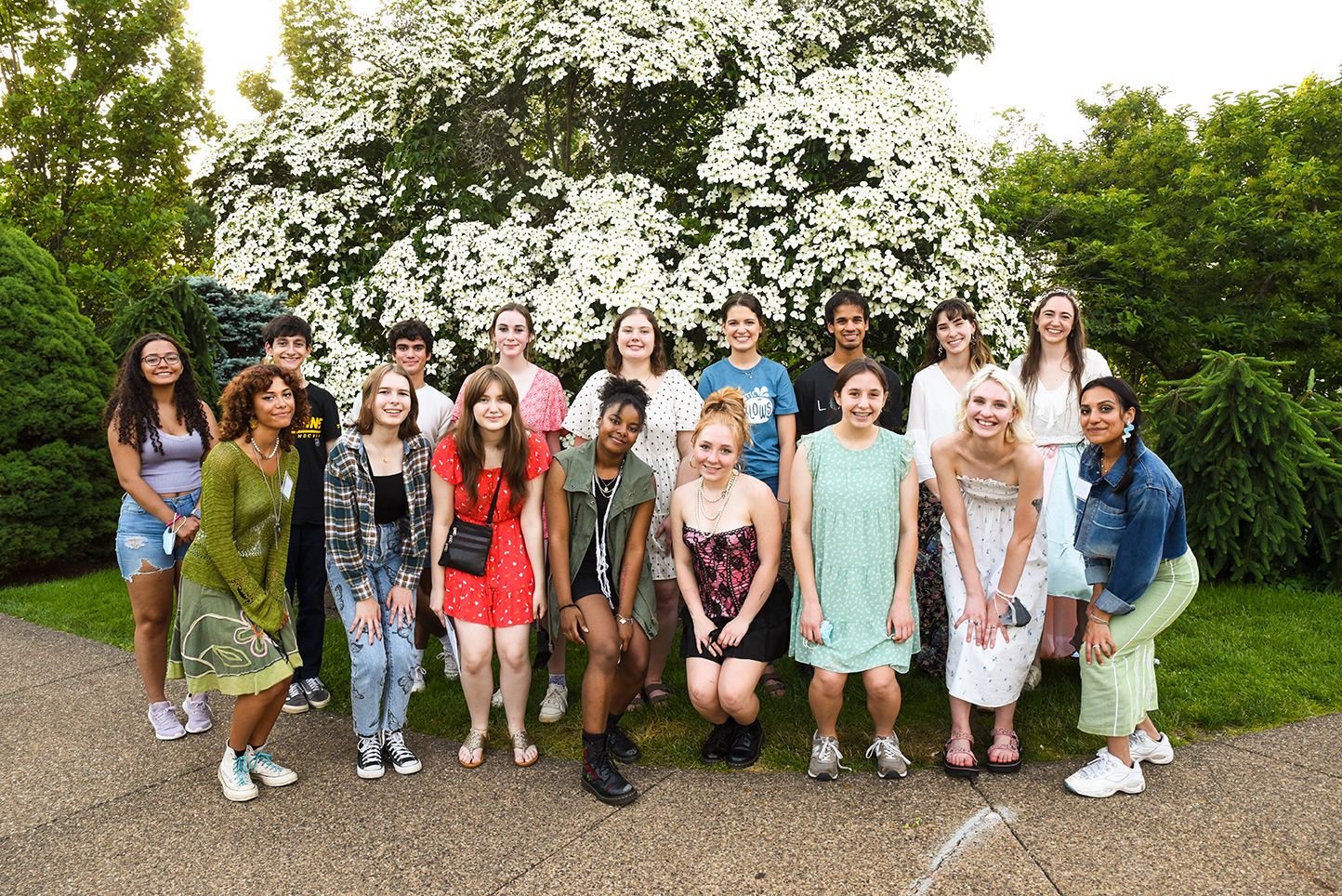
From September 2021 to May 2022, Phipps Conservatory’s research and science education department, in collaboration with The Climate Toolkit, hosted its first Youth Climate Advisory Committee. Comprised of two youth leaders and 18 youth advisors, the group developed and implemented environment-related projects, built leadership and project planning skills, learned about environmental and climate justice, and delved deeper into their favorite environmental topics over the course of the program. In this multi-part series, co-written with youth leaders Iman Habib and Rebecca Carter, we will discuss the program’s impetus and structure, the resulting projects and the lessons learned.
If you missed the first article in this series, you can read it here.
The Youth Climate Advisory Committee embarked on three parallel projects that gave our 18 youth committee members the opportunity to develop project management skills and dive deeper into environmental topics they are passionate about over the course of the eight-month program. Below, each group shares the driving force for their project and the materials that they developed to educate and inspire fellow students and the Pittsburgh area community.
One key resource that the leaders used was the Wild Center’s Creating YOUR Climate Action Plan (CAP) Workshop Facilitation Guide. The guide was helpful to design successful aspects of the projects including choosing a focus topic, creating project goals and timelines, analyzing short and long-term steps, and gathering helpful resources.
Education Working Group
Members: Amari Smith, Benjamin Winslow, Joanne Ezibe, Lydia Blum, Marley McFarland, Mya Hudson-Goodnow, Shivani Watson, Vidhur Senthil
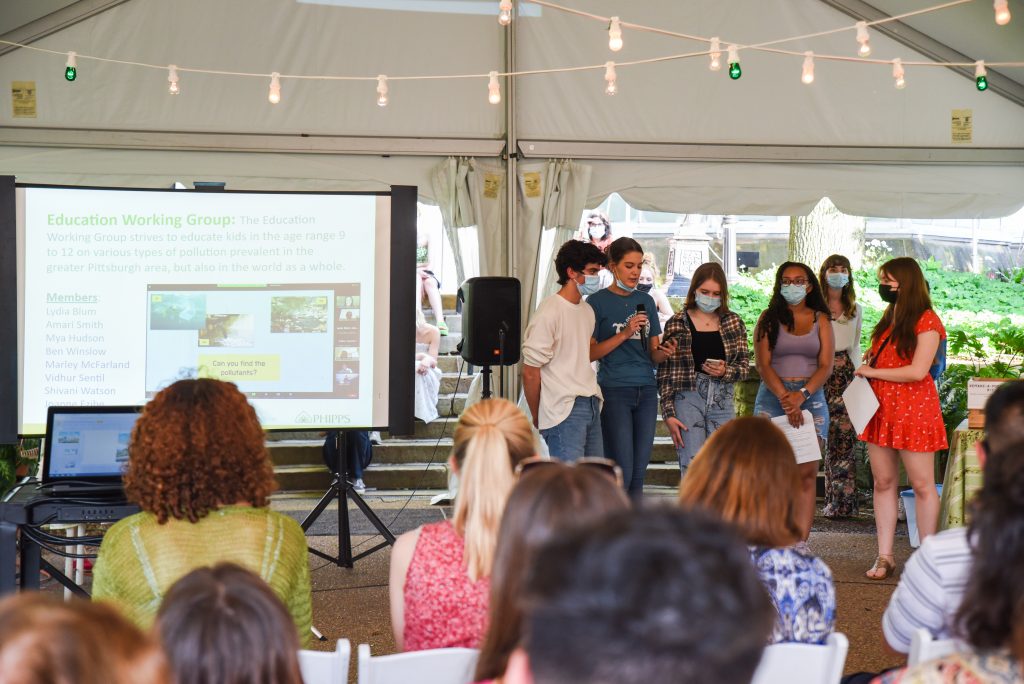
Mission Statement: “Our goal is to educate students on issues regarding climate change, human health, and the environment through activities that promote awareness and enrich discussions on such topics, as well as advocate for disadvantaged communities”.
The Education Working Group formed with the goal to educate kids in grades 4 – 6 on various types of pollution prevalent in both the Greater Pittsburgh area and the wider world. As a group, they worked to create a comprehensive curriculum that would adequately address shortcomings in climate education and could be taught in schools regardless of economic status. In brief, the project is composed of three lesson plans: air pollution, water pollution and plastic pollution. Each plan includes an educational lesson and an interactive activity to engage and emphasize the core ideas of the lesson plan for these students. The information is designed to be digestible, captivating and completable in under 30 minutes in order to keep a younger audience engaged.
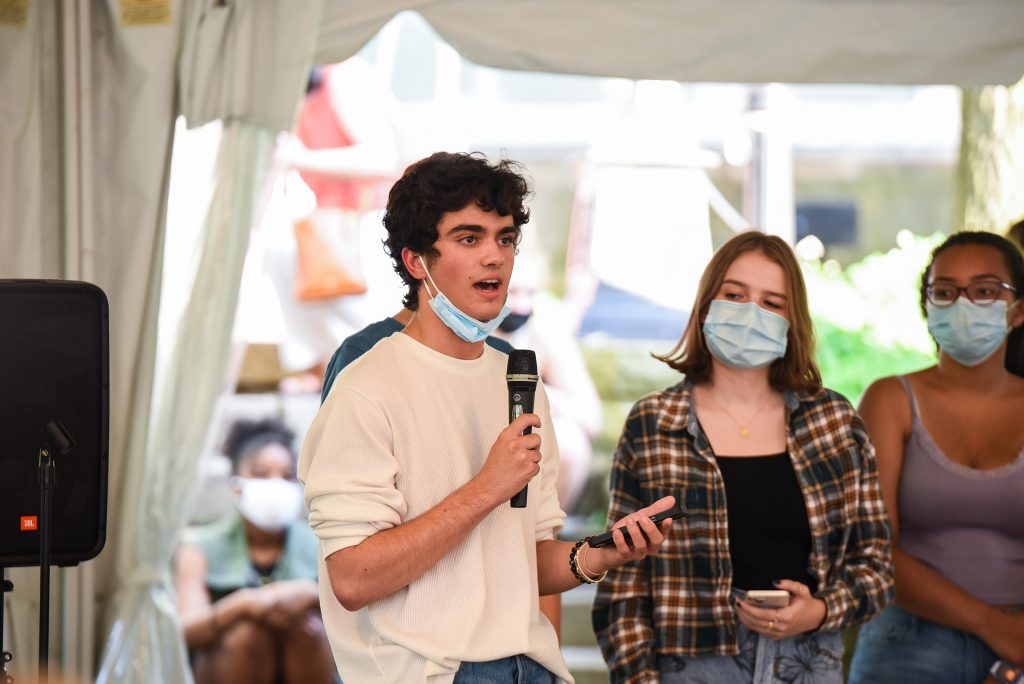
The Air Pollution Lesson Plan begins by introducing the general concept of pollution and then focuses on more specific information. The causes of air pollution are introduced along with a basic explanation of how the burning of coal leads to pollutants in the air. With this information, students participate in an activity to identify air pollutants from a selection of pictures (i.e. forest fire, bike, car, solar panels, windmills, lava). The lesson plan concludes with questions of what can be done to address air pollution on both societal and individual levels.
The Water Pollution Lesson Plan starts by asking students to answer a few trivia questions about Pittsburgh’s three rivers and why pollution may be an issue in these bodies of water. Next, questions such as “What is pollution?”, “What is water pollution?”, and “What might be polluting our rivers?” are posed to get students thinking about these issues. Once students share their perspectives, committee members can expand on students’ answers to incorporate a collaborative teaching style. Similar to the air pollution lesson plan, students are asked to identify water pollutants from a variety of pictures. Finally, a diagram of a typical Pittsburgh combined sewer system (CSS) is displayed to further describe the issue of how water pollution can adversely impact Pittsburgh communities. The lesson plan ends with students constructing their own water filters using plastic water bottles and identifying solutions to limit water pollution.
The Plastic Pollution Lesson Plan starts off by introducing an activity similar to the popular “Among Us” game to engage children ages 9 – 12. The objective of the game is to identify who is polluting a hypothetical community. This is followed by introducing how plastic pollution is rampant in peoples’ everyday lives. Next, group members explain the production and history of the plastic industry in local PA communities. The issue of environmental justice is discussed to describe how plastic pollution disproportionately impacts poor, minority communities. The presentation concludes by explaining the effects of plastic and introducing ways to limit plastic consumption.
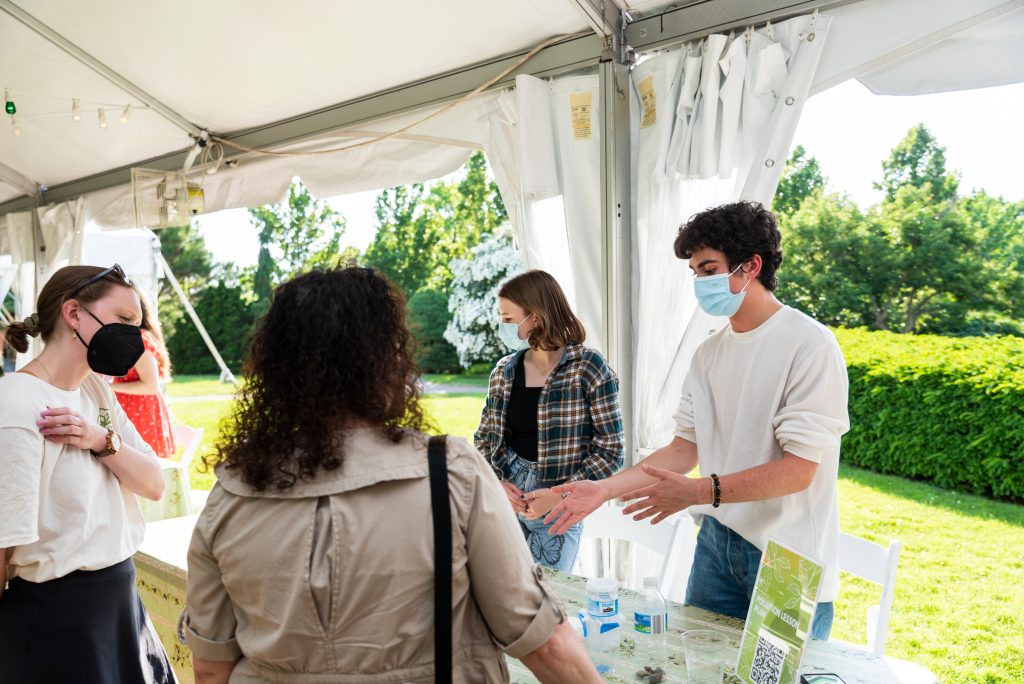
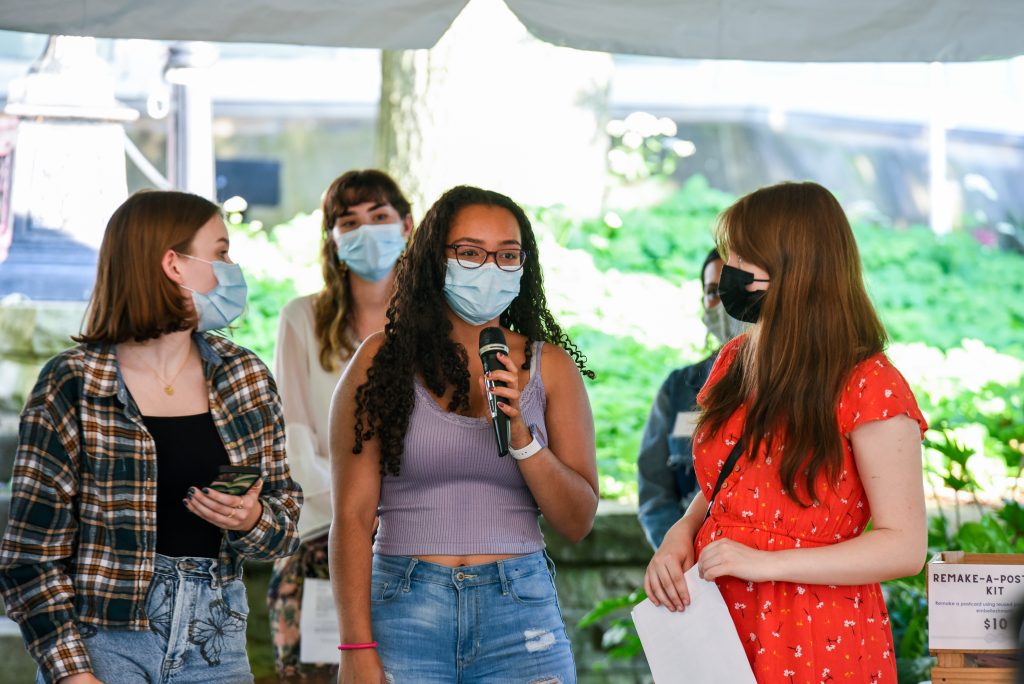
The committee presented their lesson plans to several schools in the Pittsburgh area. The committee also attended Phipps’ annual BioBlitz, an environmental science festival geared at engaging families, where they ran their lesson activities and explored pollution topics with guests.
Check out the Pittsburgh Pollution lesson here!
Overall, the experience was insightful and the committee had a great time designing the curriculum. “As a high school student,” said Lydia, “being able to educate others on the urgent climate crisis has truly been a rewarding experience. I couldn’t have done it without the help of my amazing peers and community.”
Food Working Group
Members: Akhil Agrawal, Anna Bagwell, Carolina Grinberg Limoncic, Daniel Levin, Greta Engel, Jenivee Girton, Kyra McCague, Marla Nasantogtokh
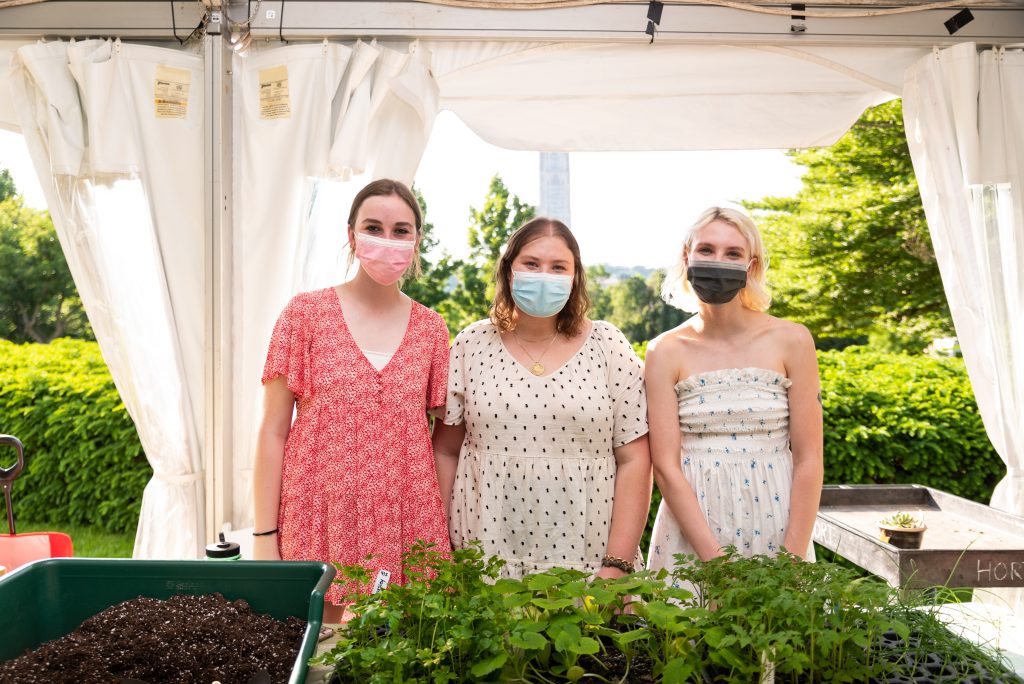
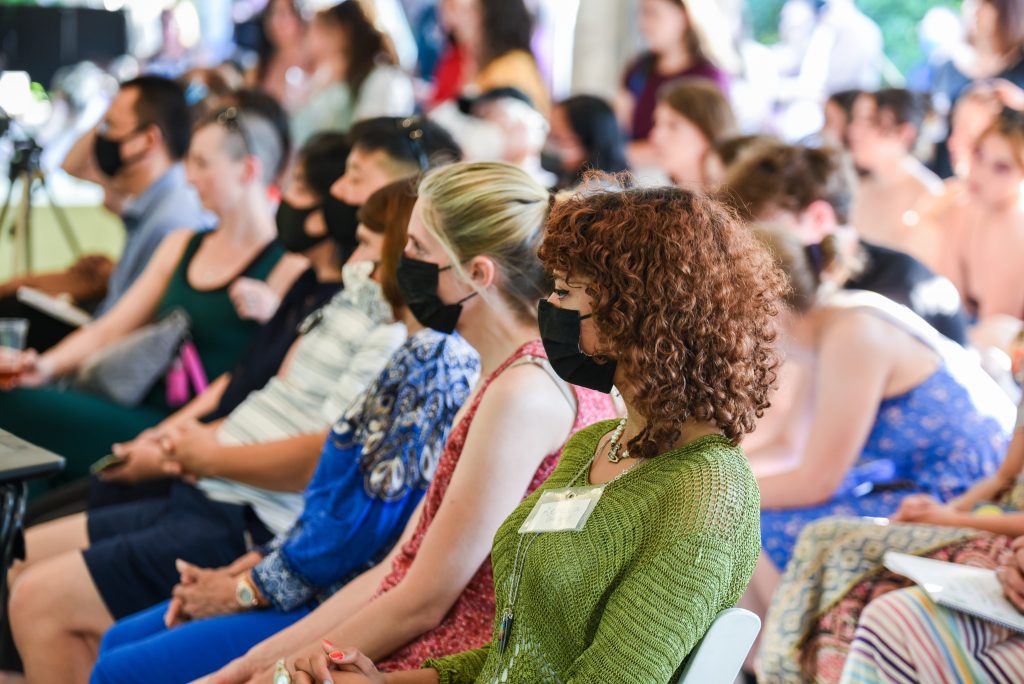
The Food Working Group’s project is a collection of sustainable recipes to make plant-based eating more accessible. The students came together on this topic because of a shared interest in the intersection between sustainable food systems and environmental justice. Their guidelines include eating food that is in season and locally sourced while also addressing availability in food deserts. The group created a recipe book to make sustainable foods more accessible for anyone who wants to start eating more plant-based meals.
The group united around an interest in food systems because commercial agriculture has huge negative environmental impacts including food waste, pollution, deforestation, greenhouse gas emissions and soil degradation. Choosing a more sustainable diet is an attainable way to combat these methods on an individual level. Therefore, this cookbook is not a final instruction manual, but a framework for taking on this lifelong challenge.
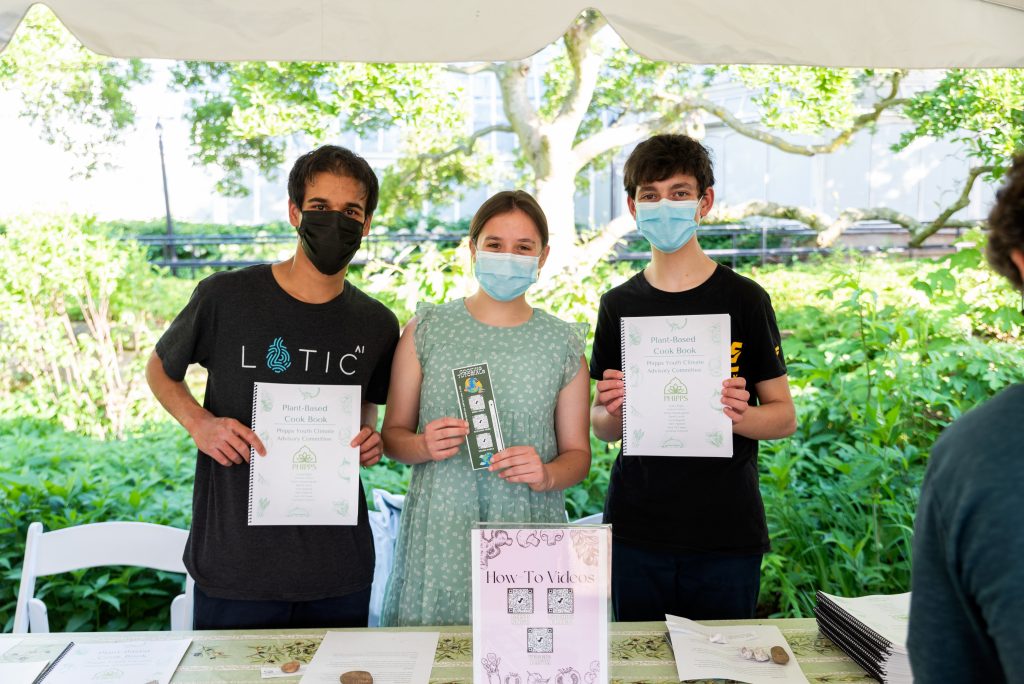
The recipe book begins with introductions of how to transition to a plant-based diet and includes reasons why seasonal eating and eating locally are especially beneficial. It then explains the intersection of environmental justice with food consumption to emphasize how accessibility is an important piece of why the cookbook was created. Recipes were selected on the basis of which ingredients are readily available to lower-income and rural communities.
The cookbook then features appetizer, breakfast, lunch/dinner, and dessert recipes that are easy to make even for those members of the community who have limited exposure to cooking. The cookbook ends with links to the online sources where these recipes were retrieved from. Committee members even recorded step-by-step videos to make miso soup, zucchini fries and veggie pasta recipes. These videos were distributed via QR code bookmarks during the Youth Sustainability Showcase on May 31 and posted on the YCAC Instagram page!
Fashion Working Group
Members: Lucy Dabat, Danielle Chavis, Emmaline Hubbs, Sophia Swiderski
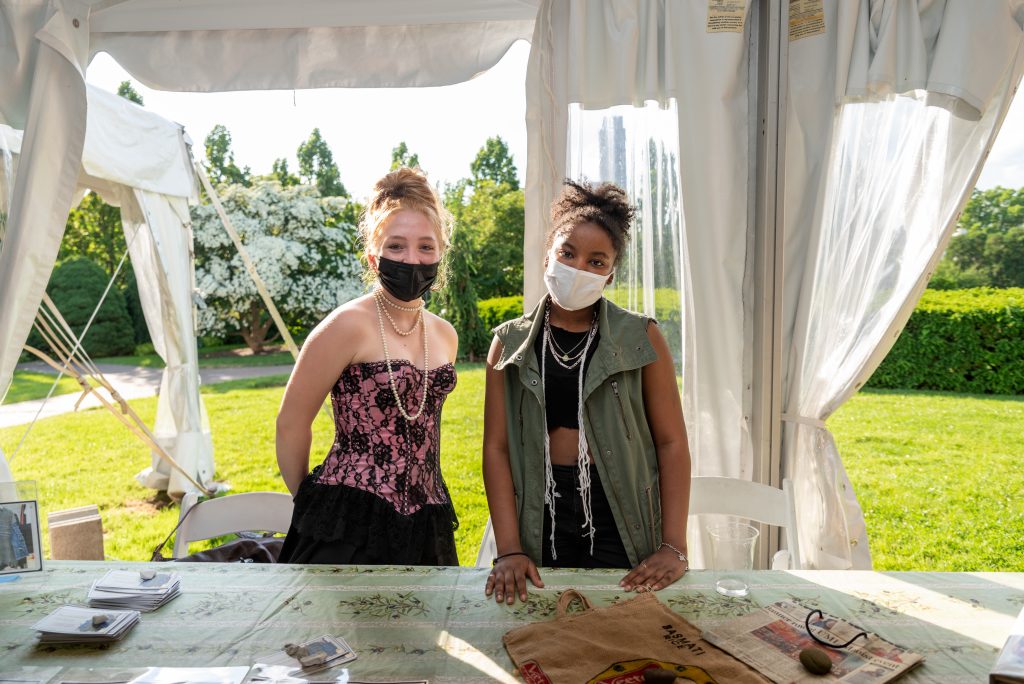
The Fashion Working Group’s aim is to educate about the detrimental impacts of the fast fashion industry and provide information about the art of upcycling old clothing. To incorporate this educational aspect into their work, the group created an informative Sustainable Fashion presentation that discussed the effects of overconsumption and overproduction, offering methods to combat these practices by upcycling and reusing old clothing. The group not only explained what upcycling is but also touched on different forms of upcycling using crochet and sewing techniques, denim materials, cutting tools, spray paint and ties. The presentation provided links to second-hand clothing stores and local places that offer access to sewing machines and sewing workshops. The presentation concluded with touching on the idea of becoming more conscious shoppers through education, empowerment, and participation in sustainable fashion shows! A link to this presentation was included in the flier for the Phipps Sustainable Fashion Show that was held on May 31 at the Phipps Outdoor Garden.
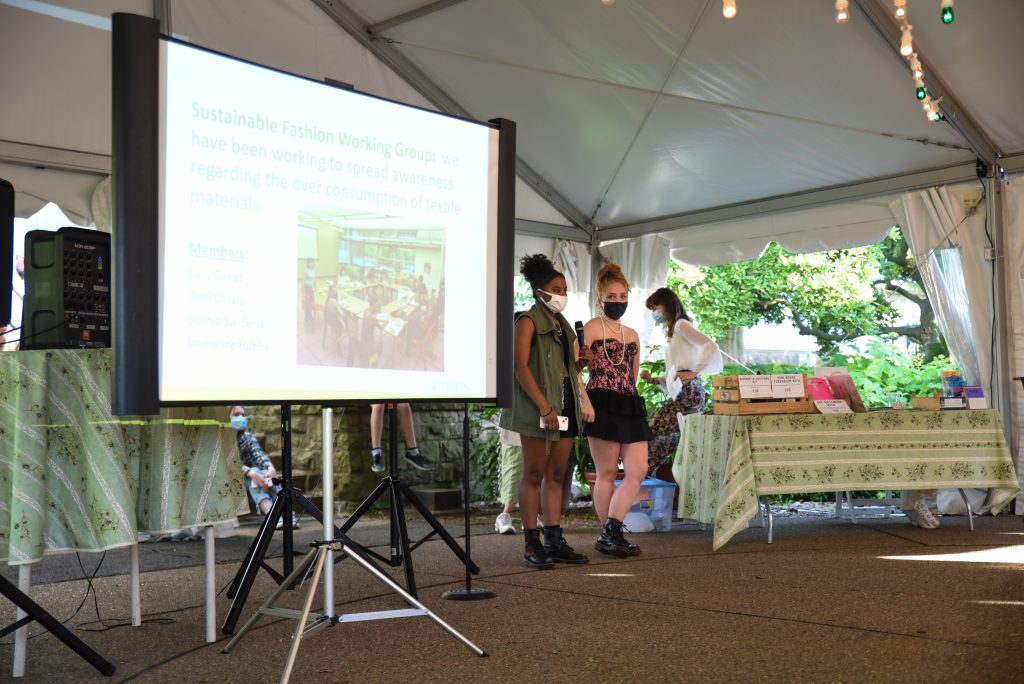

The group was inspired by an Andy Warhol Museum Sustainable Fashion Show they attended in March, which significantly helped them in planning the show. Prior to hosting their fashion show, they organized a Sustainable Fashion Workshop at Phipps to gather potential designers that would participate. They provided sewing machines, sewing supplies and a space for designers to converse and discuss their outfit ideas. A day prior to hosting the actual show, they held a dress rehearsal to meet the designers, identify how many items would be showcased, and have the MC practice their speech as models walked down the runway.
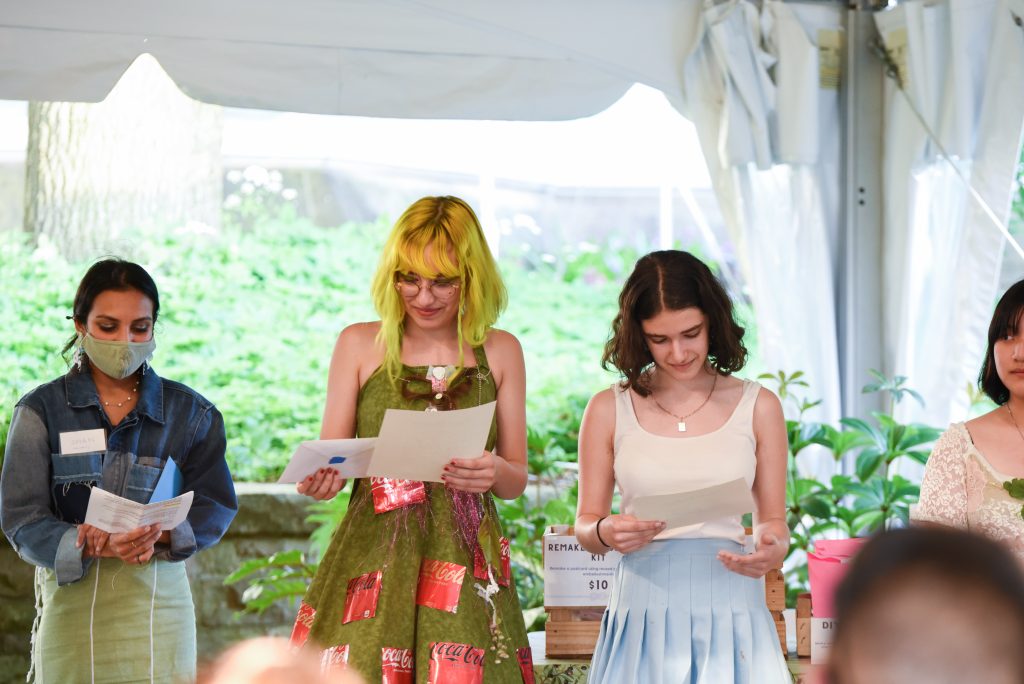
The Phipps Sustainable Fashion Show brought together fifteen local, middle school and high school designers to showcase their sustainable fashion pieces. There were 20 pieces total, made from materials ranging from repurposed old clothing to upcycled curtains to unusual materials such as cans, plastic bags, and newspaper. The designers were able to contend for prizes in the categories of Most Creative, Most Fashionable and Most Unique. The judges for determining the winners were representatives from local sustainable fashion businesses including Parttime Poodle, Zach Merrill Prints and Pittsburgh Center for Creative Reuse. The judges had the opportunity to sell their own items during the showcase too.
Youth-led Call to Action
Each group worked diligently on their projects and presented at the YCAC Showcase on May 31st. Phipps hopes that the Youth Climate Advisory Committee can be an example of what can be done at your institution about youth climate empowerment. In its next iteration, The Climate Toolkit is looking to connect the students that participated to others across the world and to support similar initiatives.
If your institution is interested in starting a youth climate engagement and empowerment initiative, please reach out to climatetoolkit@phipps.conservatory.org
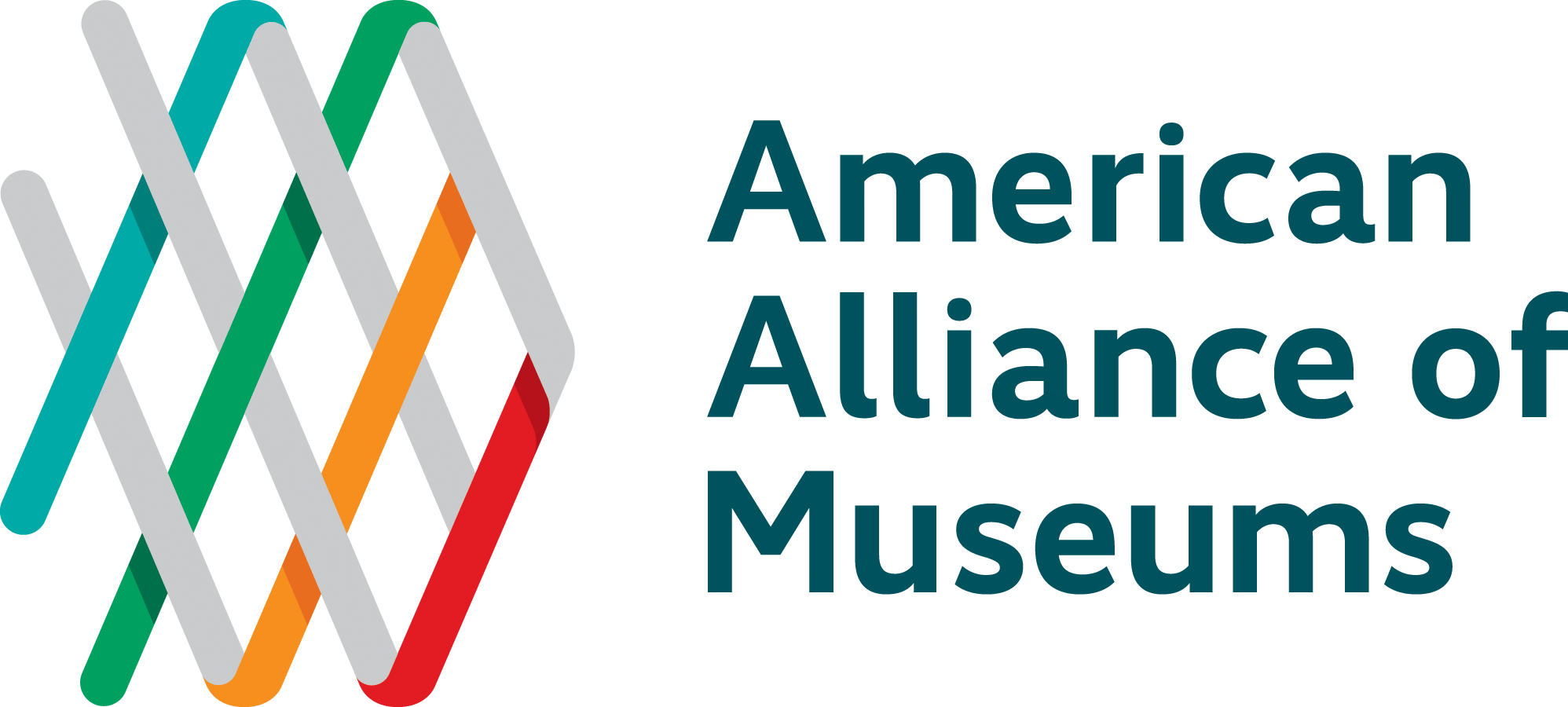

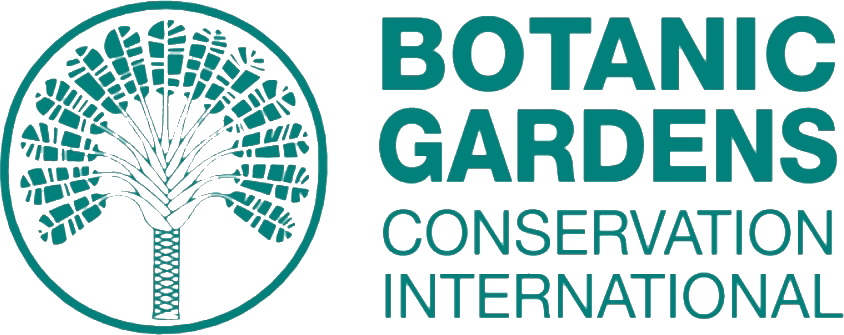



Recent Comments